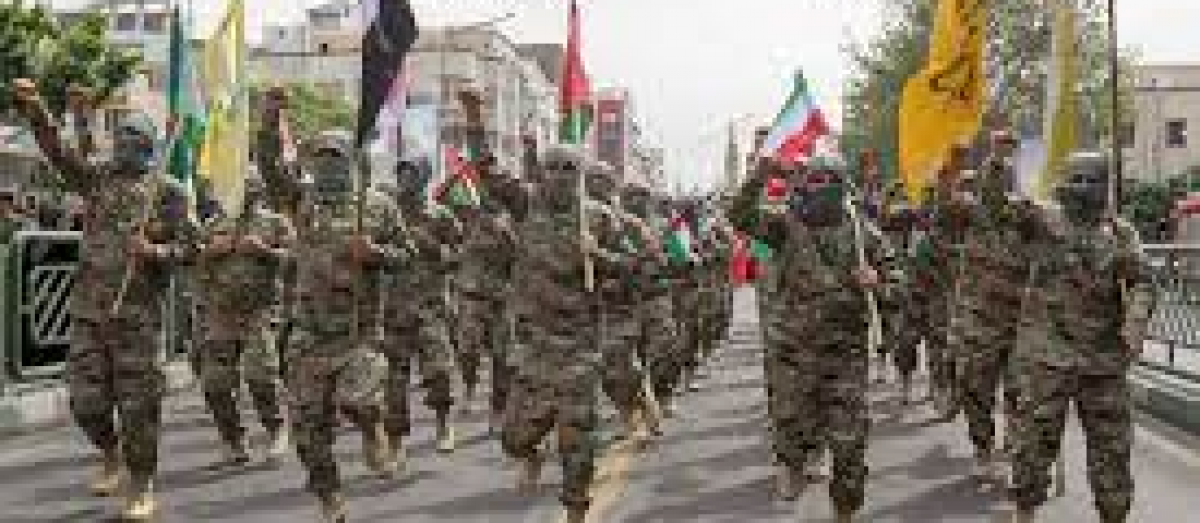Major Parties Involved:
1. Yemen Government Forces:
Role: The internationally recognized government of Yemen, led by President Abd-Rabbu Mansour Hadi. They aim to regain control of territory lost to Houthi rebels and restore stability.
2. Houthi Rebels (Ansar Allah):
Role: The Houthi rebels, also known as Ansar Allah, control significant parts of Yemen, including the capital Sanaa. They oppose the Yemeni government and are known for their resistance against external interventions.
3. Saudi Arabia:
Role: Leading a coalition of Arab states, Saudi Arabia supports the Yemeni government against Houthi rebels. Their involvement includes military operations with the goal of countering what they perceive as Iranian influence in the region.
4. United States:
Role: The U.S. has provided support to the Saudi-led coalition, including arms sales, intelligence, and logistical assistance. The level of involvement has been a subject of debate, with concerns about human rights violations and civilian casualties.
5. Iran:
Role: Iran has been accused of supporting Houthi rebels with weapons and financial aid. While Iran acknowledges some support, the extent of its involvement is disputed. The conflict serves as part of broader regional tensions between Saudi Arabia and Iran.
6. United Arab Emirates (UAE):
Role: The UAE has been part of the Saudi-led coalition, contributing to military operations. However, the UAE has also pursued its interests, sometimes diverging from the coalition’s objectives, particularly in southern Yemen.
7. Hadi-aligned forces and Southern Transitional Council (STC):
Role: Within the anti-Houthi coalition, internal divisions exist. Forces loyal to President Hadi aim to restore his government’s authority, while the STC, a southern separatist group, has at times pursued its agenda, leading to tensions within the coalition.
The conflict is marked by complex alliances, shifting dynamics, and humanitarian concerns, making it a protracted and challenging situation to address.


